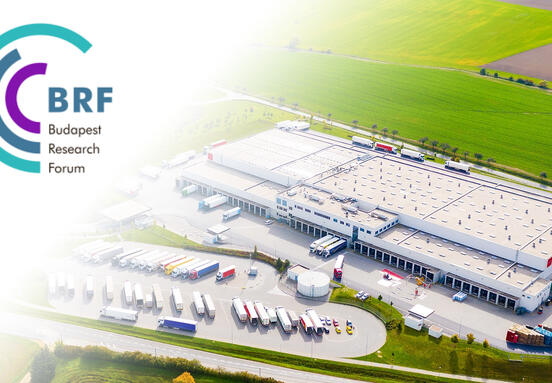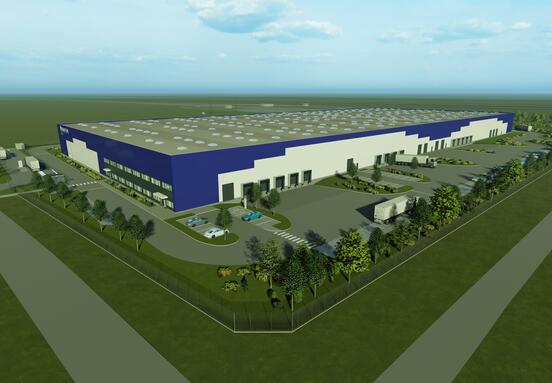Driven by the stay-at-home economy, online retailing surged and remained at peak levels throughout 2020. Early estimates suggest U.S. online sales grew by upwards of 50%2 (y/y) in 2020’s expanded holiday shopping season, with similar trajectories in other major e-commerce markets including China, Europe, Japan and elsewhere. Using average emissions results from the MIT study, the share shift to e-commerce resulted in approximately 2.4% fewer emissions per package.
Deeper DiveCarbon emissions from online shopping are on average 36% lower than those produced by in-store shopping.3 E-commerce was the more sustainable option in more than 75% of the base case trials by MIT. For each scenario, the study used 40,000 trials of a Monte Carlo simulation that modeled a variety of consumer behaviors that, in aggregate, are important indicators of environmental impact: number of items purchased, distance to/from store and logistics facility, returns and type of transport. In addition to the base case, 11 other scenarios were studied which changed an aspect of consumer behavior or retailer operations.
PROLOGIS RESEARCH SPECIAL REPORT
Consolidating deliveries on a “circular route” reduces transportation-related emissions by almost 90%.3 Transportation is the largest source of in-store shopping-related emissions and produces 2.5x the carbon emissions of e-commerce packaging, its largest carbon footprint contributor. In the case of direct-to-home delivery, a full standard van can replace more than 100 individual car trips.3 In turn, order consolidation and network optimization reduce costs for e-commerce operators.
Direct-to-home delivery from urban fulfilment centers can be a powerful lever to further decrease emissions. Built-out logistics networks which deliver goods from urban fulfilment centers close to consumers (rather than from facilities outside the urban core) can save some 50% of transport-related greenhouse gas emissions and reduce overall footprint per package by an average of 10%.3 Placing goods as close as possible to the end consumer minimizes final delivery distances and congestion. This improves delivery times and reduces costs by maximizing delivery fleet load capacities.
Forward-Looking Statements
This material should not be construed as an offer to sell or the solicitation of an offer to buy any security. We are not soliciting any action based on this material. It is for the general information of customers of Prologis.
This report is based, in part, on public information that we consider reliable, but we do not represent that it is accurate or complete, and it should not be relied on as such. No representation is given with respect to the accuracy or completeness of the information herein. Opinions expressed are our current opinions as of the date appearing on this report only. Prologis disclaims any and all liability relating to this report, including, without limitation, any express or implied representations or warranties for statements or errors contained in, or omissions from, this report.
Any estimates, projections or predictions given in this report are intended to be forward-looking statements. Although we believe that the expectations in such forward-looking statements are reasonable, we can give no assurance that any forward-looking statements will prove to be correct. Such estimates are subject to actual known and unknown risks, uncertainties and other factors that could cause actual results to differ materially from those projected. These forward-looking statements speak only as of the date of this report. We expressly disclaim any obligation or undertaking to update or revise any forward looking statement contained herein to reflect any change in our expectations or any change in circumstances upon which such statement is based.
Prologis








